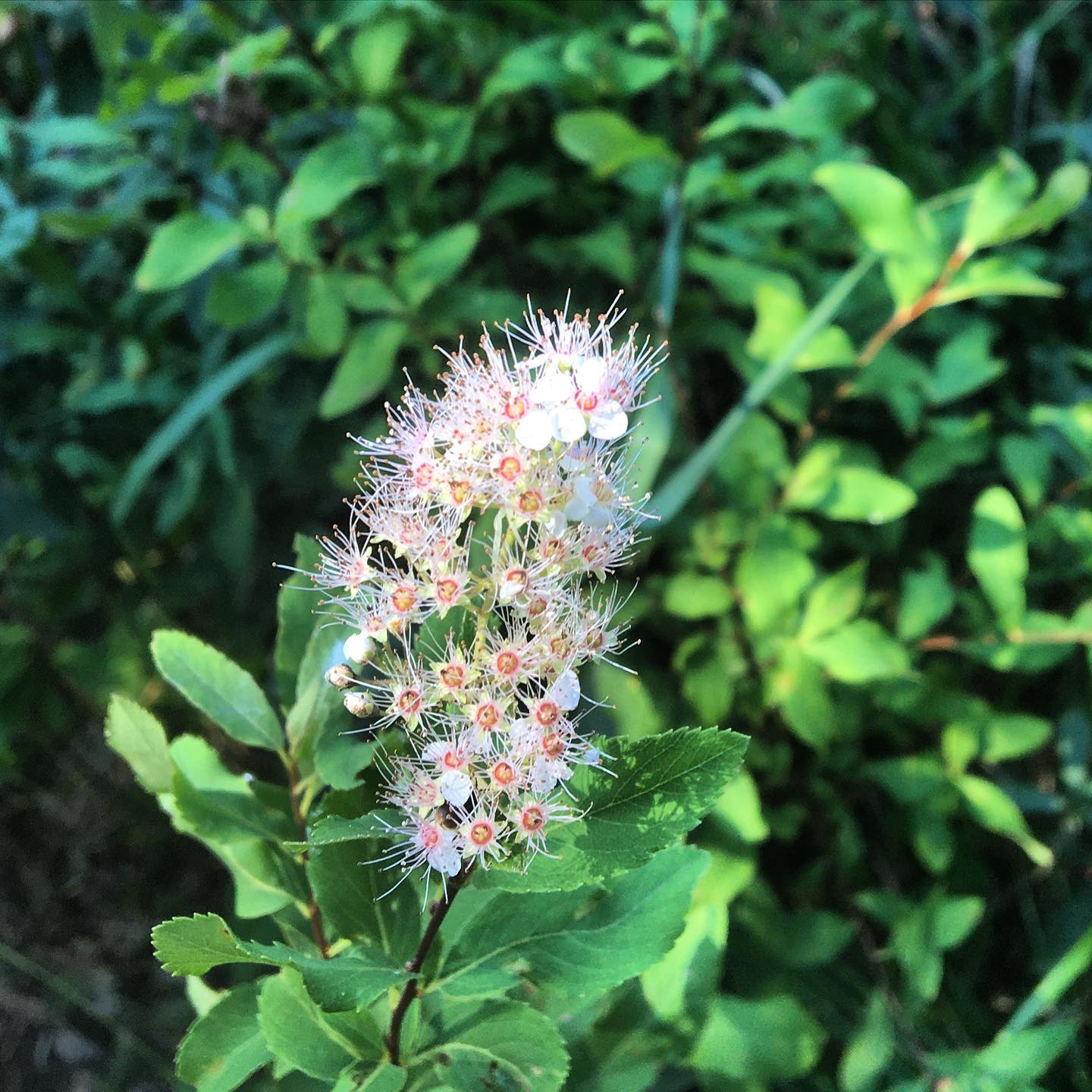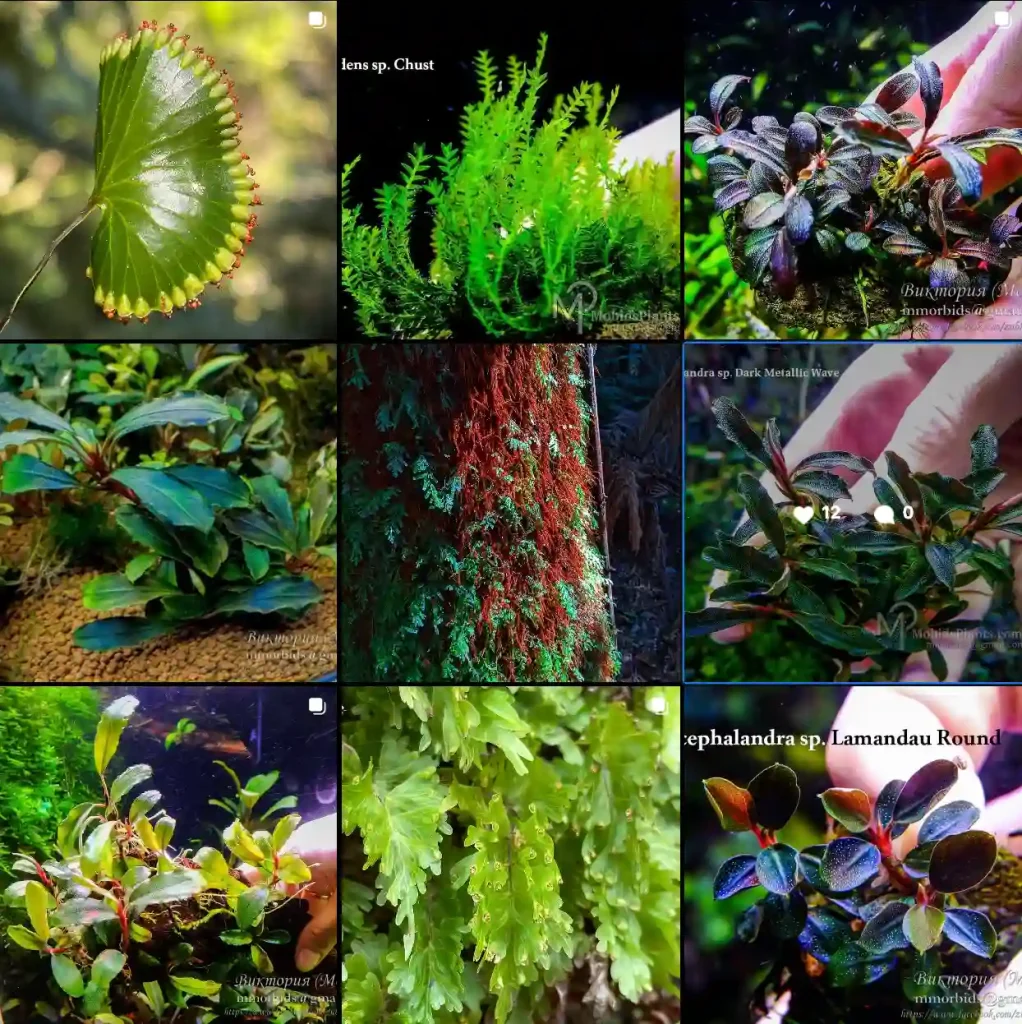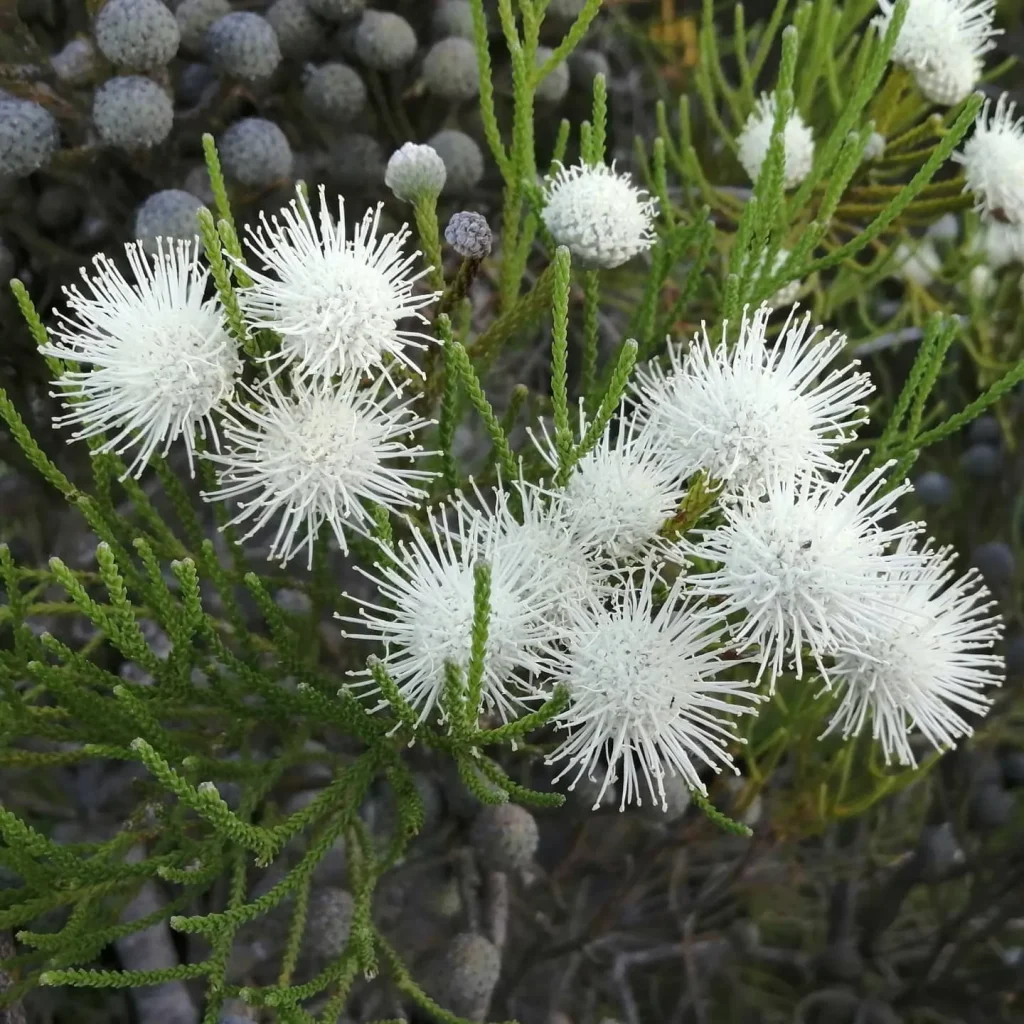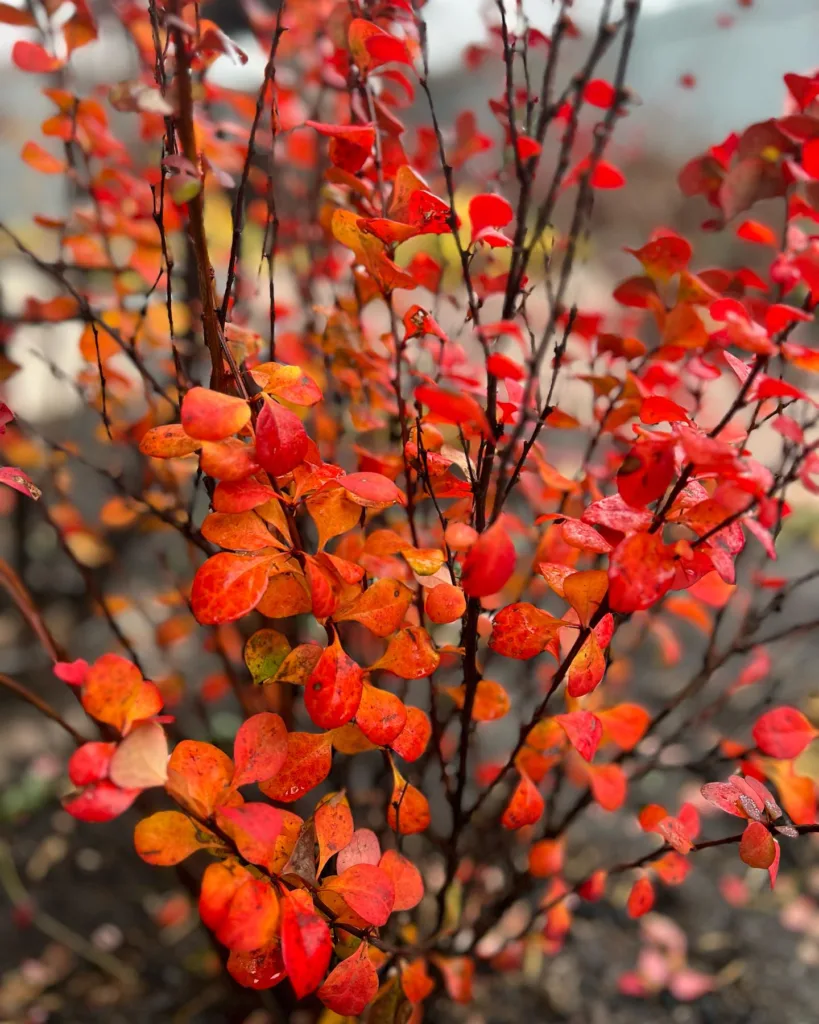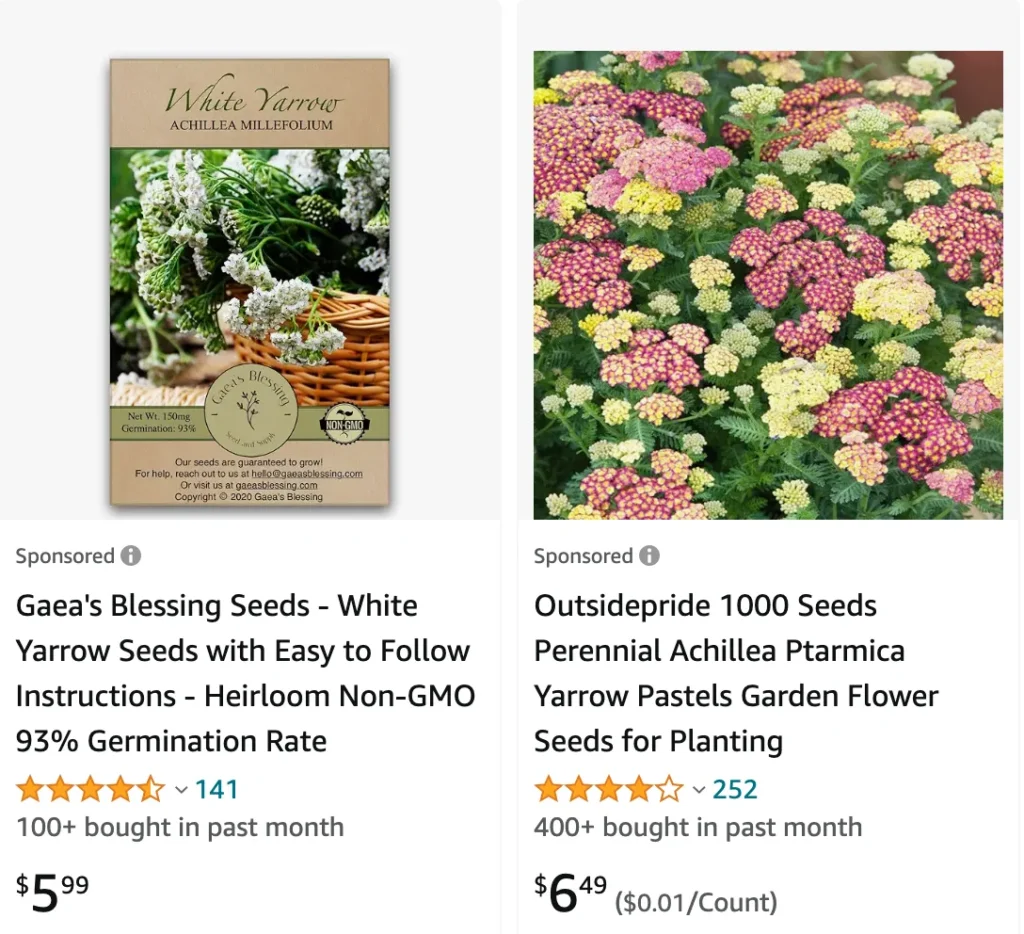
Achillea Millefolium – Common Yarrow: A Gardener’s Delight
As a gardener, few plants captivate me like Achillea millefolium, commonly known as Common Yarrow. It’s not just its beauty that draws me in—it’s the plant’s resilience, versatility, and ecological significance. Common Yarrow thrives in various conditions, making it an essential part of my landscape. Over the years, I’ve come to appreciate its understated elegance and practical benefits, which are often overlooked by casual gardeners.
186 Species in Genus Achillea
A Hardy and Adaptable Plant
Common Yarrow is a perennial herbaceous plant that can flourish in conditions where many other plants struggle. Whether in sun-drenched meadows, rocky terrains, or poor soils, Yarrow holds its ground. Its finely divided, fern-like leaves are soft to the touch, and its clusters of flat-topped flowers bloom in shades of white, yellow, pink, and even red. This plant isn’t fussy about soil quality or water availability, and it thrives in USDA hardiness zones 3 to 9.
In my garden, Yarrow fills the gaps where other plants fail. It tolerates drought, withstands moderate foot traffic, and doesn’t succumb to pests or diseases easily. Its adaptability has earned it a permanent place in my beds and borders, where it serves both ornamental and functional roles.
Ecological Importance
One reason I love Common Yarrow is its role in supporting biodiversity. Its flowers, rich in nectar, attract bees, butterflies, and other pollinators. On sunny mornings, my Yarrow plants are alive with the hum of activity, which is vital for maintaining a healthy ecosystem.
Additionally, Yarrow plays a role in soil improvement. Its deep roots help prevent erosion, and when its leaves decompose, they return valuable nutrients to the soil. I often use Yarrow in my permaculture-inspired garden designs because it enhances the health of nearby plants.
Medicinal and Historical Significance
Yarrow has a storied history that dates back centuries. Ancient Greeks used it to treat wounds, earning it the name “herbal militaris.” It has been a staple in traditional medicine for its anti-inflammatory, antiseptic, and astringent properties.
While I don’t harvest my Yarrow for medicinal purposes often, I appreciate its history. On occasion, I’ve steeped its leaves for herbal teas or used its flowers in salves. It’s a reminder of the plant’s multi-faceted utility and its enduring relevance.
Landscaping with Yarrow
From a landscaping perspective, Yarrow offers a versatility that’s hard to match. In my garden, I pair Yarrow with drought-tolerant companions like Lavender (Lavandula angustifolia), Russian Sage (Perovskia atriplicifolia), and Coreopsis (Coreopsis verticillata). This combination creates a low-maintenance, visually appealing landscape.
The plant’s height—usually around 2 to 3 feet—adds vertical interest without overshadowing shorter plants. Its blooms last from late spring to early fall, providing continuous color and texture. I’ve also found Yarrow to be an excellent addition to wildflower meadows, where it blends harmoniously with grasses and native perennials.
For a more manicured look, Yarrow responds well to deadheading, which encourages repeat blooms. However, even when the flowers fade, the seed heads remain attractive and add winter interest.
Practical Benefits in the Garden
Yarrow isn’t just a pretty face; it’s a hardworking plant. It’s known as a “companion plant” because it deters pests and improves the health of nearby plants. I often plant it near vegetables and herbs in my kitchen garden for this reason.
Its leaves are also a great addition to compost. High in nitrogen, they speed up the decomposition process. I’ve also used Yarrow in compost teas, where it provides a natural nutrient boost for other plants.
Growing and Maintenance
Growing Yarrow is straightforward. It prefers full sun and well-drained soil, but as I mentioned earlier, it’s forgiving. Overwatering is one of the few things that can harm it, so I keep irrigation to a minimum.
To propagate Yarrow, I often divide mature clumps in early spring or fall. This not only gives me new plants but also keeps existing ones vigorous. While it can spread quickly, I’ve found that keeping it in check with regular maintenance prevents it from becoming invasive.
FAQs
Is Achillea millefolium invasive?
Yes, Achillea millefolium can be invasive in some regions due to its rapid spread through rhizomes and seeds.
What is Achillea millefolium used for?
Achillea millefolium is used for ornamental landscaping, attracting pollinators, soil improvement, and traditional medicinal purposes like wound healing and teas.
Can you plant Achillea millefolium in the fall?
Yes, you can plant Achillea millefolium in the fall, allowing its roots to establish before winter.
Does the Achillea millefolium have to be trimmed back?
Trimming back Achillea millefolium after blooming encourages new growth and maintains a tidy appearance.
A Personal Favorite
Yarrow has become one of my favorite plants because of its blend of beauty and utility. It connects me to nature’s resilience and reminds me of the importance of fostering biodiversity. Whether it’s buzzing with pollinators in the summer or standing strong through a dry spell, Common Yarrow never fails to impress me.
If you’re looking for a plant that requires minimal effort but offers maximum reward, I’d recommend giving Common Yarrow a try. It’s not just a plant—it’s a partner in the garden, one that contributes to the health and vitality of the ecosystem.
By including Common Yarrow in your garden, you’re not just adding a touch of charm—you’re making an investment in sustainability, biodiversity, and timeless beauty. It’s a decision you won’t regret.
If i die, water my plants!
